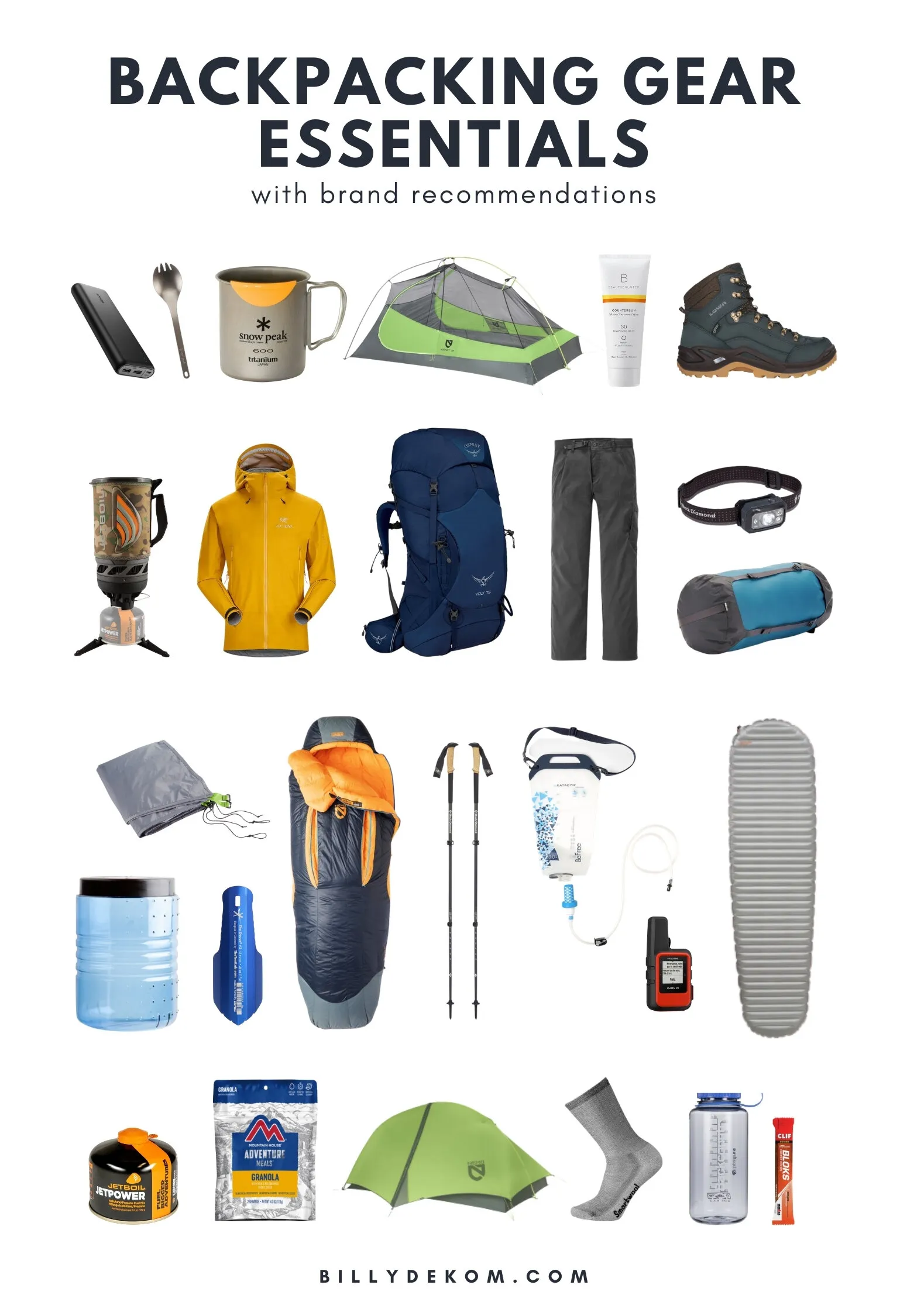Creating the perfect multi-day hike packing list can make the difference between an unforgettable adventure and a challenging ordeal. After completing dozens of multi-day treks across various terrains and weather conditions, I've refined my packing strategy to include only the most essential gear. This comprehensive guide covers everything you need to know about packing for extended wilderness adventures, from the critical "Big Three" items to personal care essentials. Whether you're planning your first overnight hike or seeking to optimize your current setup, this expertly curated packing list will ensure you're prepared for any multi-day hiking challenge.
Essential Gear Categories for Your Multi-Day Hike Packing List
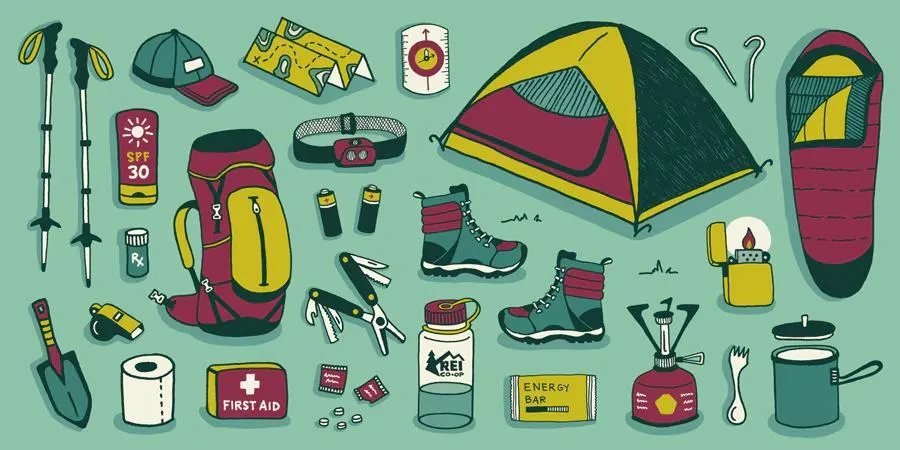
When I first started creating my multi-day hike packing list, I made the classic mistake of overpacking. I learned through experience on trails like the Appalachian sections and various state park loop trails that every ounce matters when you're carrying your home on your back for days. The key to an effective multi-day hike packing list lies in understanding the essential categories and prioritizing items based on safety, shelter, and sustenance.
Your packing strategy should follow the fundamental principle of the "Big Three" - your backpack, shelter system, and sleep system - which typically account for 60-70% of your base pack weight. Beyond these core items, every piece of gear must earn its place in your pack by serving multiple purposes or being absolutely essential for safety. I've found that successful multi-day hiking depends on balancing weight, functionality, and personal comfort preferences.
The categories I always consider when creating my multi-day hike packing list include shelter and sleep systems, cooking and hydration equipment, navigation and safety gear, clothing for varying weather conditions, and personal care items. Each category requires careful consideration of weight versus necessity, with safety always taking precedence over convenience. After years of refining my approach, I've developed a systematic method for evaluating each item's inclusion based on trip duration, expected weather, terrain difficulty, and personal experience level.
Understanding the difference between essential and optional gear becomes crucial when space and weight are limited. Essential items include those required for basic survival and safety, while optional items enhance comfort but aren't strictly necessary. I recommend starting with a comprehensive backpacking gear list and gradually customizing it based on your specific needs, experience level, and hiking conditions. This methodical approach ensures you're prepared for various scenarios while maintaining an efficient pack weight.
The Big Three: Core Backpacking Equipment
The foundation of any successful multi-day hike packing list centers around what experienced backpackers call "The Big Three" - your backpack, tent, and sleeping bag. These three items typically represent the largest investment in both cost and pack weight, making them the most critical decisions in your gear selection process. I've learned that investing in quality for these core items pays dividends in comfort, durability, and overall hiking enjoyment.
For your backpack, I recommend a 50-65 liter capacity for most multi-day adventures. After testing various brands and styles, I consistently return to packs that balance weight, durability, and carrying comfort. The key features to prioritize include a well-designed hip belt system, adjustable torso length, multiple access points, and integrated rain protection.
Recommended Backpack
The Osprey Atmos AG 65 Men's Backpacking Pack has been my go-to choice for extended adventures. Its Anti-Gravity suspension system distributes weight effectively, while the integrated rain cover and multiple compartments make organization effortless.
Shop on AmazonYour shelter system represents the second critical component of the Big Three. For most three-season conditions, I recommend a lightweight two-person tent even for solo hiking, as the extra space accommodates gear storage and provides comfort during extended stays. The tent should offer reliable weather protection, easy setup, and a reasonable weight-to-space ratio.
Tent Recommendation
The REI Co-op Quarter Dome SL 2 Tent offers excellent value with its lightweight design, spacious interior, and reliable weather protection. I've used this tent in various conditions from desert heat to mountain storms.
Shop on Amazon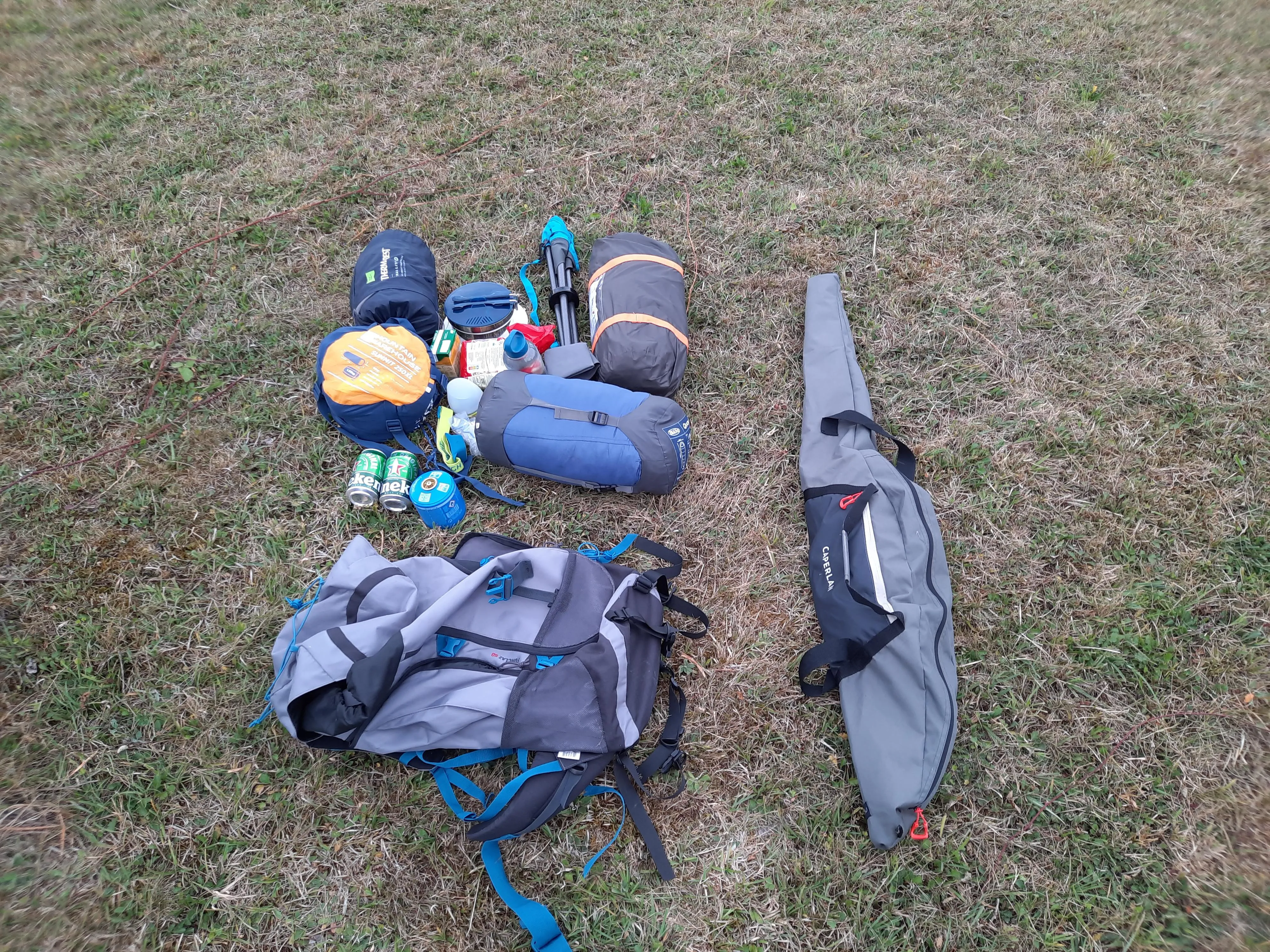
The sleeping system completes the Big Three and dramatically impacts your recovery and energy for the following day's hiking. I've found that a good night's sleep is non-negotiable for multi-day adventures. Your sleeping bag should be rated approximately 10-15 degrees below the lowest expected temperature, and I always pair it with a quality sleeping pad for insulation and comfort. For hiking gear for beginners, I recommend starting with slightly more conservative temperature ratings until you understand your personal warmth preferences.
Navigation and Safety Essentials
Safety equipment forms the non-negotiable foundation of any responsible multi-day hike packing list. I learned this lesson during an unexpected weather change on a three-day loop trail in the Smokies, where proper navigation tools and emergency equipment proved essential. These items might seem like dead weight until you need them, but they can literally save your life in emergency situations.
Navigation tools should include both traditional and modern options. I always carry a detailed topographic map of the area in a waterproof case, a reliable compass, and a GPS device or smartphone with offline maps downloaded. Even on well-marked trails, conditions can change rapidly, making navigation tools essential for safety. The combination of paper maps and digital tools provides redundancy that has proven valuable during my hiking experiences.
Emergency communication devices have become increasingly important, especially for solo hikers or when traveling in remote areas. I carry a personal locator beacon (PLB) on all multi-day trips, as it provides reliable satellite communication regardless of cell tower coverage. These devices offer peace of mind for both hikers and families at home, knowing that help can be summoned if needed.
First aid supplies should be comprehensive enough to handle common trail injuries while remaining lightweight and compact. My first aid kit includes blister treatment supplies, pain relievers, antiseptic materials, bandages, and any personal medications. I've learned to customize my kit based on trip duration and group size, with longer trips requiring more comprehensive medical supplies. Every hiker should have basic first aid knowledge to effectively use these supplies when needed.
Cooking and Hydration Systems
Proper nutrition and hydration systems are crucial components of any effective multi-day hike packing list. I've experienced firsthand how inadequate cooking equipment or water treatment can transform an enjoyable adventure into a survival situation. The key lies in selecting lightweight, reliable equipment that can handle your meal planning requirements while providing safe drinking water throughout your journey.
Recommended Cooking System
The Jetboil Flash Cooking System has consistently performed well on my multi-day adventures. Its efficient fuel consumption, quick boil times, and integrated design make meal preparation simple and reliable.
Shop on AmazonWater treatment represents one of the most critical safety considerations for multi-day hiking. I recommend carrying multiple treatment methods as backup systems. My primary choice is a lightweight water filter combined with purification tablets as a backup option. Understanding your route's water sources before departure allows for better planning of water carrying capacity and treatment requirements.
Meal planning for multi-day hikes requires balancing nutrition, weight, and preparation simplicity. I focus on calorie-dense foods that require minimal cooking time and cleanup. Dehydrated meals, instant oatmeal, nuts, dried fruits, and energy bars form the backbone of my trail nutrition strategy. For those interested in more specialized approaches, exploring hiking gear for women or hiking gear for men can provide gender-specific nutrition and gear considerations.
Cookware selection depends on your meal complexity and group size. For solo hiking, a single lightweight pot with a secure lid often suffices for most meal preparation needs. I prefer titanium or hard-anodized aluminum for the optimal weight-to-durability ratio. Essential accessories include a reliable spork, a small cutting tool, and lightweight cleaning supplies for Leave No Trace principles.
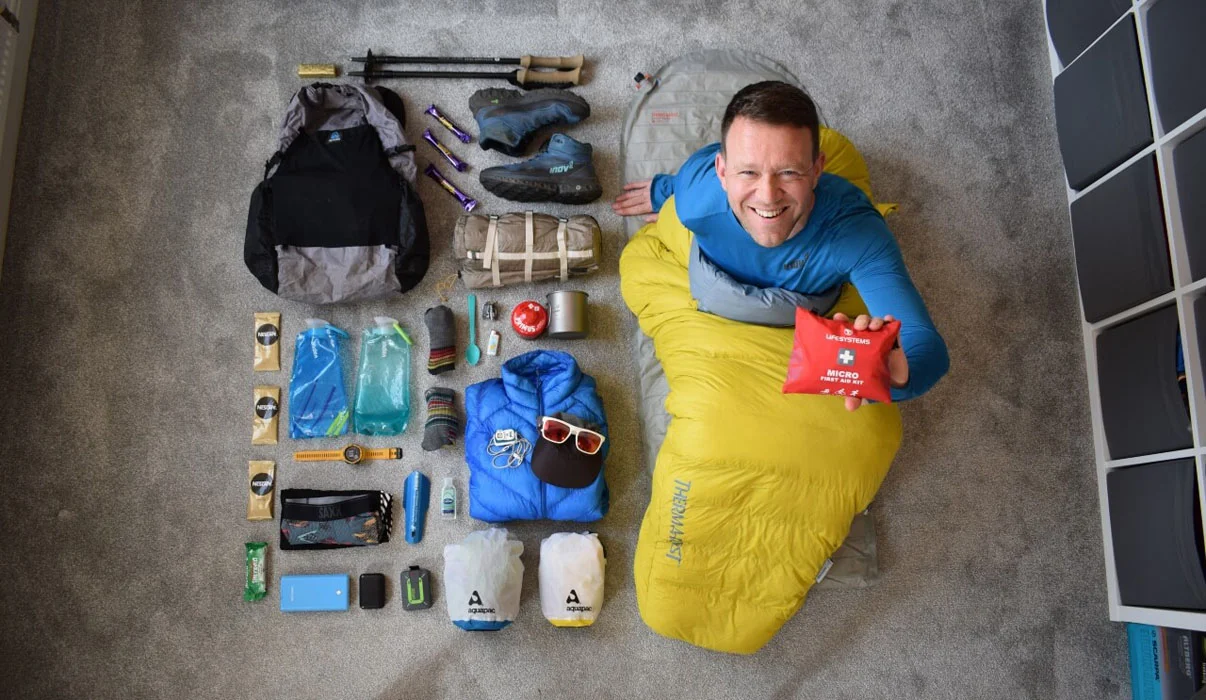
Clothing and Weather Protection
Clothing selection for your multi-day hike packing list requires understanding layering systems and weather variability. I've learned through experience that mountain weather can change dramatically within hours, making versatile clothing choices essential for comfort and safety. The key principle is layering - base layers for moisture management, insulating layers for warmth, and shell layers for weather protection.
Base layers should prioritize moisture-wicking properties over cotton materials, which retain moisture and lose insulating properties when wet. I prefer merino wool or synthetic materials that maintain warmth even when damp. For multi-day trips, I typically pack one extra base layer set for sleeping and one for hiking, allowing for better hygiene and comfort throughout the journey.
Essential Rain Protection
The Patagonia Torrentshell 3L Jacket provides reliable weather protection without excessive weight. I've tested this jacket in various conditions and appreciate its breathability and packability.
Shop on AmazonInsulating layers provide warmth during rest stops, early mornings, and unexpected temperature drops. I recommend a lightweight down or synthetic insulated jacket that packs small but provides significant warmth-to-weight ratio. This layer often serves double duty as a pillow when stuffed into a stuff sack, maximizing efficiency in your pack organization.
Shell layers protect against wind and precipitation while allowing moisture vapor to escape. Quality rain gear is essential for multi-day adventures, as staying dry directly impacts body temperature regulation and overall safety. I prioritize jackets with pit zips for ventilation control and hoods that accommodate helmet use if needed. Rain pants complete the weather protection system, though their necessity depends on expected conditions and personal tolerance levels.
Footwear selection balances protection, comfort, and weight for extended hiking periods. I prefer lightweight hiking boots or trail runners depending on terrain difficulty and personal ankle support needs. Gaiters can provide additional protection from debris and moisture when conditions warrant their inclusion. Sock selection focuses on moisture-wicking materials with cushioning in high-wear areas, and I always pack extra pairs for longer trips.
Personal Care and First Aid Items
Personal hygiene and health maintenance become increasingly important as your multi-day hike packing list extends beyond overnight trips. I've learned that maintaining cleanliness and health on the trail directly impacts energy levels, morale, and overall hiking enjoyment. The challenge lies in balancing comprehensive care with weight and space limitations in your pack organization.
Essential personal care items include biodegradable soap for washing hands and body, quick-dry towel for various cleaning needs, toothbrush and toothpaste for oral hygiene, and toilet paper with trowel for waste management following Leave No Trace principles. I also pack wet wipes for quick cleaning when water sources are unavailable, though these must be packed out rather than buried or burned.
Sun protection becomes critical during extended outdoor exposure, especially at higher elevations where UV intensity increases significantly. My personal care kit always includes broad-spectrum sunscreen with appropriate SPF rating, lip balm with sun protection, and sunglasses with UV protection. I've experienced painful sunburns on multi-day trips when neglecting proper sun protection, making these items non-negotiable for safety and comfort.
First aid supplies should address common hiking injuries while remaining compact and lightweight. My standard kit includes adhesive bandages in various sizes, antiseptic wipes, pain relief medication, blister treatment supplies, medical tape, and any personal prescription medications. I customize the kit based on group size and trip duration, with longer adventures requiring more comprehensive medical supplies and potential additions like elastic bandages for sprains.
Insect protection varies significantly by location and season but can dramatically impact hiking comfort and safety. I research specific areas for insect activity and pack appropriate repellent or protective clothing when needed. Some regions require head nets or permethrin-treated clothing for effective protection against mosquitoes, ticks, or other biting insects that can transmit diseases.
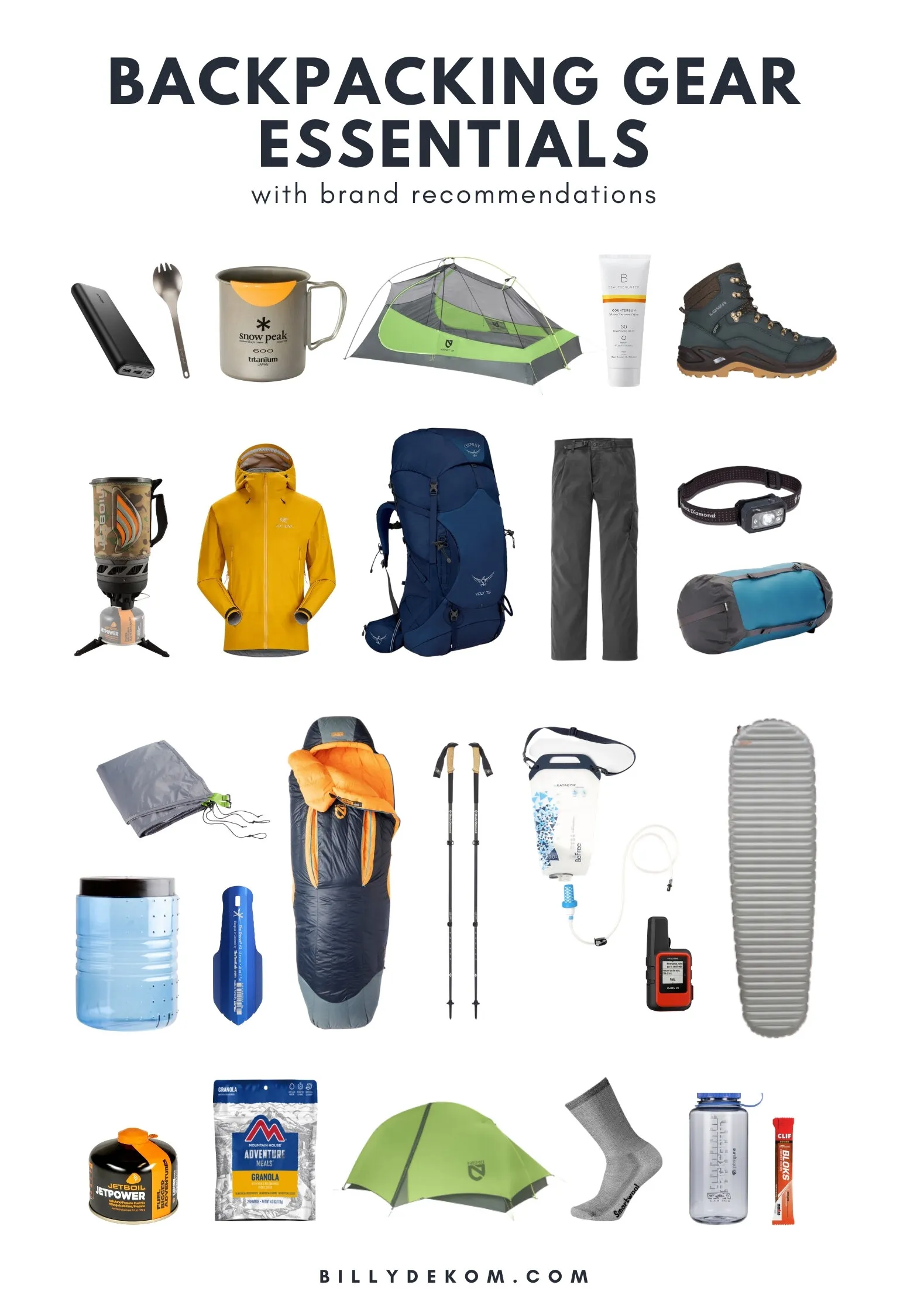
Conclusion
Creating an effective multi-day hike packing list requires balancing essential safety equipment with weight considerations and personal comfort preferences. Through years of trial and refinement, I've learned that successful multi-day hiking depends more on careful planning and appropriate gear selection than on carrying excessive equipment. The key lies in understanding your specific needs, route requirements, and personal capabilities while prioritizing safety above convenience.
Remember that your multi-day hike packing list will evolve with experience and changing conditions. What works for summer desert hiking differs significantly from mountain backpacking or winter adventures. I recommend starting conservatively with proven gear choices and gradually customizing your kit based on actual field experience rather than theoretical considerations. Keep detailed notes about what you used, what you didn't need, and what you wished you had brought for future reference.
The investment in quality gear pays dividends in reliability, durability, and overall hiking enjoyment. While budget constraints are real considerations, focusing on the Big Three items for initial investment typically provides the best return in comfort and performance. Build your complete kit gradually, prioritizing safety equipment first, then comfort items as budget and experience allow.
Most importantly, practice with your gear before committing to extended adventures. Understanding how your equipment works, fits, and performs in various conditions builds confidence and competence that enhances safety and enjoyment. Test your complete multi-day hike packing list on shorter trips to identify potential issues and refinements before embarking on longer adventures. With proper preparation, appropriate gear, and growing experience, multi-day hiking opens incredible opportunities for wilderness exploration and personal growth that reward careful planning and thoughtful gear selection.


